National Museum of Egyptian Civilization

The National Museum of Egyptian Civilization (NMEC) Launches Audio Guide Service.

National Museum of Egyptian Civilization Launches NMEC Application
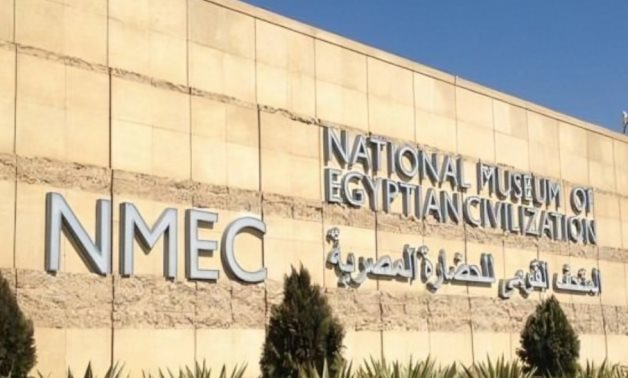
Celebrating New Year, NMEC Organizes Temporary Exhibition Titled ‘Let There Be Light - Glimpses of Christian Arts in Egypt’

Acclaimed Egyptian soprano Amira Selim to perform at National Museum of Egyptian Civilization on June 21
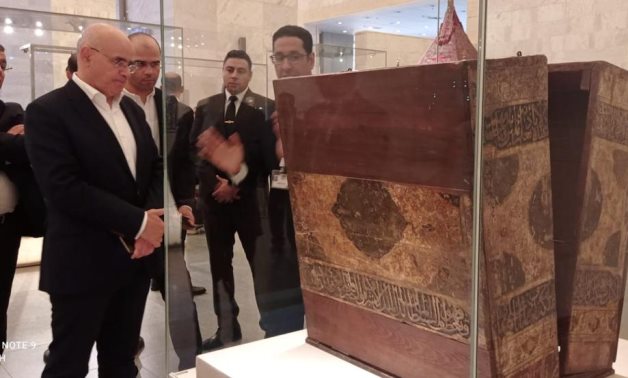
He was received by Dr. Ahmed Ghoneim, CEO of the Museum Authority, who briefed him on the history of the museum’s establishment and its role in raising tourism and cultural awareness among the community.

Spain’s Queen Sofia de Grecia was received by CEO of the Museum’s Authority Ahmed Ghoneim.
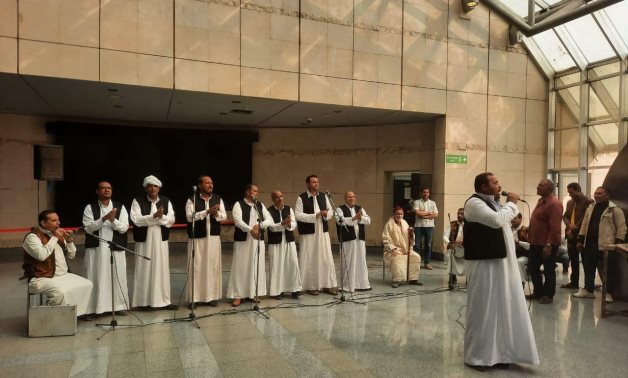
For a duration of two days, the National Museum of Egyptian Civilization in Fustat is organizing an artistic and cultural event under the title “Fayoum Heritage”.
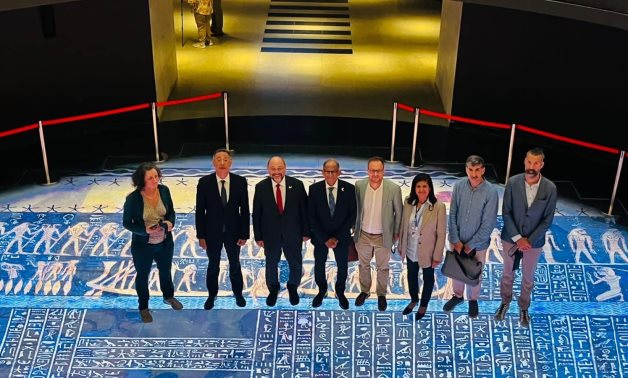
The German delegation was accompanied by Presidential Advisor for Engineering Projects Hany Helmy Azer.

Director of NMEC, Ambassador of Spain inaugurate ‘Inspection Trips to Archaeological Sites in Upper Egypt & the Edward Toda Archive’ exhibition
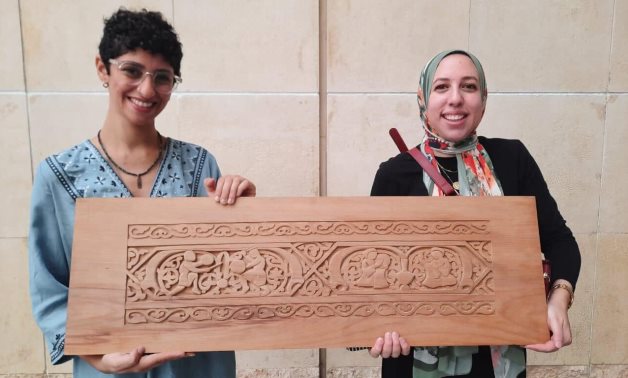
The workshop was held under the title “Discover the Art of Wood Carving”.

The National Museum of Egyptian Civilization has become an edifice that preserves the environment, antiquities and heritage for future generations.
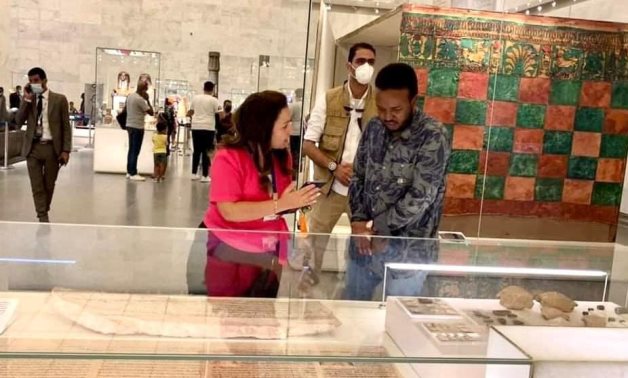
The guest expressed his admiration and appreciation of this great edifice.
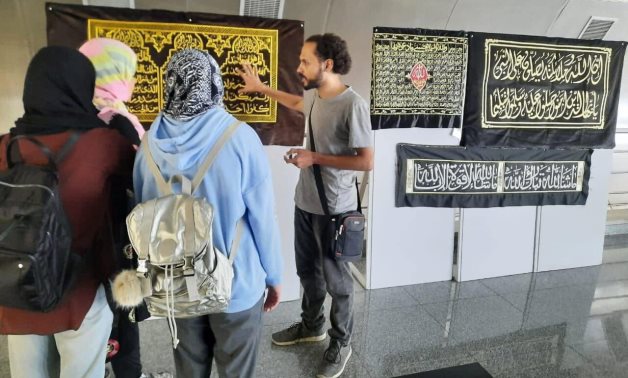
Sirma art is the art of embroidery with golden threads.
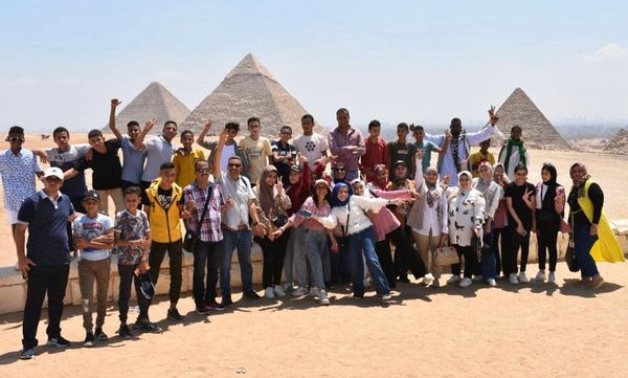
The participants praised such visits that help acquaint them with the ancient Egyptian civilization and enrich their experiences.
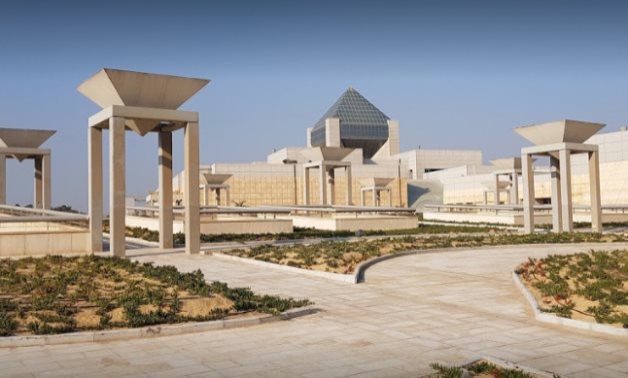
The Indonesian minister of finance visits the Sharm El-Sheikh Museum.

The visit came on the sidelines of Totti’s current visit to Egypt to watch the Champions League final between Liverpool and Real Madrid.

Marian Adel, the chief curator of NMEC, accompanied Kasoulides and his delegation in a tour inside the museum, which included the central exhibition halls and the rooms of the royal mummies and Egyptian textiles, which were recently opened.
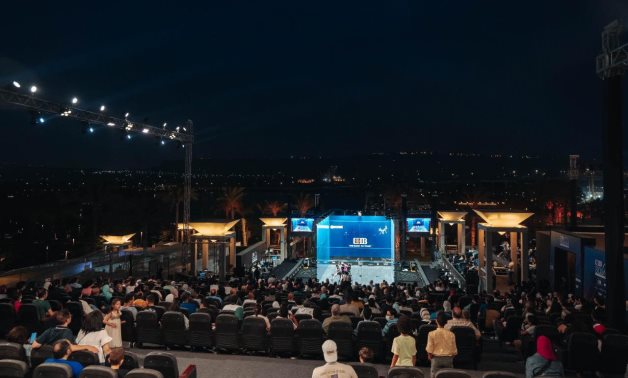
The tournament was held with the participation of 128 squash players from around the world, both men and women.
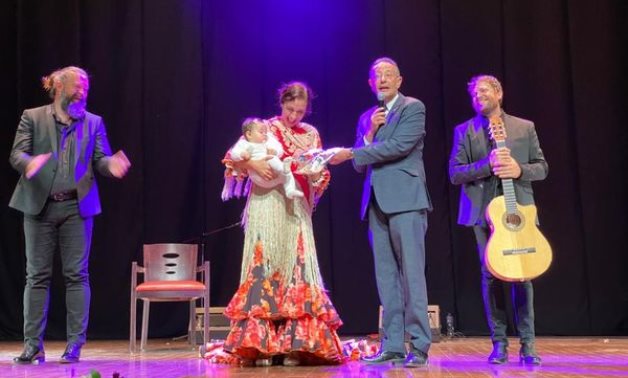
Annabelle Veloso is a Spanish artist, and one of the most prominent creators of this fine art.
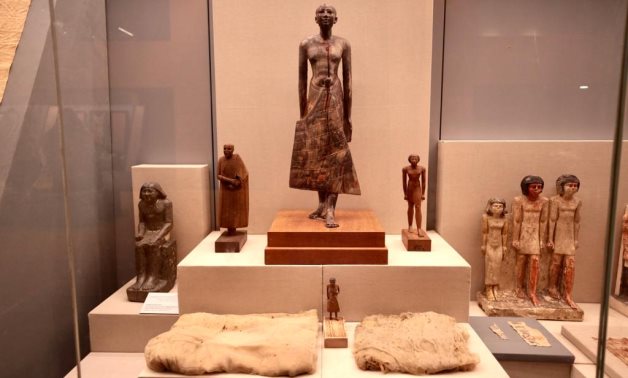
The museum operates from 9 a.m. to 5 p.m. during Eid al-Fitr holidays.